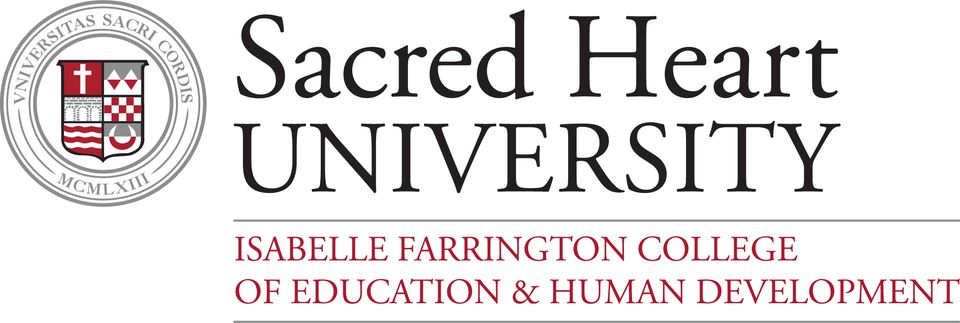The Reality of Virtual Schools: A Review of the Literature
Document Type
Article
Publication Date
2-2009
Abstract
Virtual schooling was first employed in the mid-1990s and has become a common method of distance education used in K-12 jurisdictions. The most accepted definition of a virtual school is an entity approved by a state or governing body that offers courses through distance delivery--most commonly using the Internet. While virtual schools can be classified in different ways, the three common methods of delivery are by independent, asynchronous or synchronous means. Presently, the vast majority of virtual school students tended to be a select group of academically capable, motivated, independent learners. The benefits associated with virtual schooling are expanding educational access, providing high-quality learning opportunities, improving student outcomes and skills, allowing for educational choice, and achieving administrative efficiency. However, the research to support these conjectures is limited at best. The challenges associated with virtual schooling include the conclusion that the only students typically successful in online learning environments are those who have independent orientations towards learning, highly motivated by intrinsic sources, and have strong time management, literacy, and technology skills. These characteristics are typically associated with adult learners. This stems from the fact that research into and practice of distance education has typically been targeted to adult learners. The problem with this focus is that adults learn differently than younger learners. Researchers are calling for more research into the factors that account for K-12 student success in distance education and virtual school environments and more design research approaches than traditional comparisons of student achievement in traditional and virtual schools.
Recommended Citation
Barbour, Michael K., Reeves, Thomas C. "The Reality of Virtual Schools: A Review of the Literature." Computers and Education 52.2 (2009): 402-416.



Comments
Published:
Barbour, Michael, Reeves, Thomas C. "The Reality of Virtual Schools: A Review of the Literature." Computers and Education 52.2 (2009): 402-416.
http://dx.doi.org/10.1016/j.compedu.2008.09.009